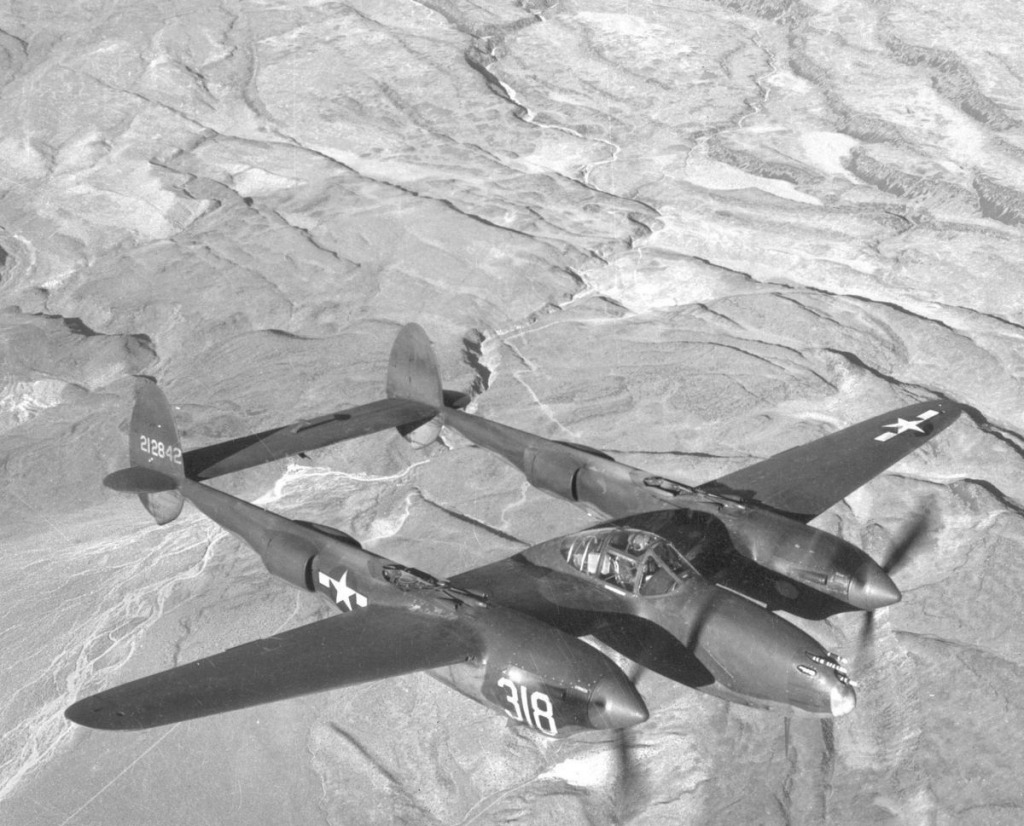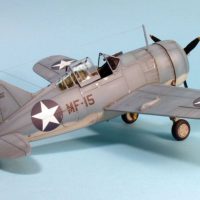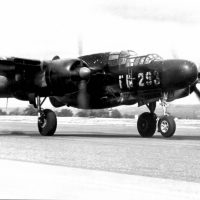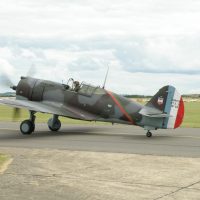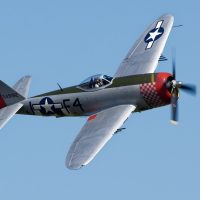Top 10 American Fighter Planes of WW2 Information. The United States may have entered the Second World War later than the other great powers, but it quickly made its presence known through its superior industrial capacity. One of the most obvious ways that American influence was felt was through its airpower.
For the United States, airpower manufacturing allowed it to leverage its considerable capabilities in engine design and manufacturing. While the country had been an industrial leader before the war, factories were soon retooled to permit planes to be built in record time.
Because of the impressive array of factories and designers that the Americans could quickly bring to bear, as well as the fact that many supply chains for production were more secure than the other powers, it is no wonder that the United States designed a huge number of airplanes, many of which saw service.
n addition to the fighters fielded by every country, the Americans ld the way in bomber production, as well as the design of some of the most ubiquitous utility aircraft of the war.
American fighter planes of ww2
Curtiss P-40 Warhawk
The P-40 Warhawk was one of the few American fighter planes of ww2 to see active service with American pilots before the official start of hostilities. This is because it was actively used by the Flying Tigers, an all-volunteer unit sent to China to help fight the Japanese. As a ground attack aircraft, the Warhawk saw considerable success, and it was used as such well after other air superiority fighters were introduced.
Air superiority betrayed the greatest weakness of the Warhawk, in that it was relatively underpowered in comparison to the best German fighters of the early years of the war. As such, while it could emerge victorious, it often took considerable losses in the process. To that end, it was used more in areas away from the European theatre of the war. Still, with a relatively low price tag, it is not surprising that nearly 14,000 were built before it was phased out in 1944, all of which were built in Buffalo, New York.
Curtiss P-36 Hawk
While the Warhawk may have seen combat before the start of the war, it was the Hawk that won the first victories in the air, at Pearl Harbor. This plane, also built by Curtiss, was being phased out by the beginning of the war, but was used on December 7, 1941 in a limited counterattack against Japanese planes. Only 215 were built for the United States, and at $23,000, they were relatively cheap.
Instead, the P-36 found most of its success during the war as a result of the fact that it had been exported so widely. It was a primary plane of the French Air Force during the Battle of France, and was able to perform considerably well against the Germans. While the Hawk only made up around 13% of the French fighter forces, it won nearly a third of all engagements against the Germans.
Lockheed P-38 Lightning
The P-38 Lightning, designed by Lockheed, was one of the most distinctive looking fighters of the war. With a central cockpit suspended between two fuselages, it was definitely unique. However, it was also the only fighter built across the entire war, with more than 10,000 produced.
The P-38 had one glaring problem. It was expensive, costing twice as much as other American fighters. Still, the capabilities of the plane more than made up for it; its incredible range made it popular as a bomber escort both in Europe and in the Pacific, and it had the wing strength to make a capable dive bomber.
The P-38 had an enviable reputation among its enemies, with the Germans referring to it as the fork-tailed devil. High cost may have kept it out of serious contention in the war, but it was more than enough to make an impact.
North American P-51 Mustang
No American fighter plane was as widely loved or used as the P-51 Mustang. Designed by North American, more than 15,000 were built from 1942 on, and at around $50,000 per plane, represented no significant jump in cost.
By far the greatest advantage of the P-51 Mustang was that it permitted the Allies to provide full escorts to their bomber crews across Europe, something that was deemed unnecessary by pre-war doctrine but the realities of combat soon made apparent.
The usefulness of the P-51 in Europe, as well as the fact that it was a land-based aircraft, meant that it was not introduced until the late stages of the war to the Pacific.
The P-51 proved to be one of the most enduring designs of the war, remaining as a fighter-bomber into the Korean War and continuing in active service of some militaries into the 1980s.
Vought F4U Corsair
Instead, the Pacific War saw much more widely-spread deployment of carrier-based aircraft. Despite weaknesses compared to traditional land-based fighters, the strategic ability of carriers to move with ease through the ocean made them a much better option. From 1942 until 1944, the most widely used carrier-based plane was the F4U Corsair.
The Corsair is most widely recognized for its folding wings and its plexiglass canopy, which made bailing out much easier. Nearly 13,000 of the planes were produced throughout the war, making it a common sight in the Pacific; the famous “Pappy” Boyington flew the plane in Guadalcanal.
Matched against the Japanese Zero, the Corsair had a number of shortcomings, especially with regards to maneuverability. Additionally, the plane could stall at the low speeds needed for a carrier landing. As such, it became more commonly used as a US Marine fighter plane during the late years of the war.
Grumman F6F Hellcat
Replacing the Corsair on American carriers was the F6F Hellcat, designed by Grumman, which was designed with the slow speed needed for carrier landings in mind. More than 12,000 of these were made.
While the Hellcat was introduced in 1942, it became widespread in 1943 as the navy began to phase out planes like the Corsair. Equipped with the folding wing design of the Corsair, the Hellcat was a natural carrier fighter.
Northrop P-61 Black Widow
While the majority of fighters listed so far performed best during the day, the Black Widow was designed from the start to fight at night. Designed by Northrop, only around 700 were built, and at a cost of $190,000 per plane, they were among the most expensive American fighter plane of ww2.
Carrying a pilot, a gunner, and a radar operator, the Black Widow was much larger than other fighters. Because of this, the Black Widow excelled at night combat. The Black Widow entered service in 1944, making it a late entrant to the war.
Brewster F2A Buffalo
Because World War 2 was such a global affair, it is not surprising that planes produced by American companies ended up in service all around the world. What is somewhat shocking is that the F2A Buffalo was used against one of America’s allies. The Finns bought a number of them before the outbreak of hostilities and used them to great effect against the Soviet Air Force.
For Americans, the plane was less popular. The 500 or so used by the United States were typically sent to the Pacific, where they were hated. Boxy and cumbersome, the Buffalo was sent to carrier service because it had an arrestor hook, which made it useful for naval service. It was so slow against the faster Zeros that some Marines took to calling it a flying coffin.
Republic P-47 Thunderbolt
While the Buffalo may have been used by the Finns against the Soviets, at least one P-47 was used by the Germans against the Allies! With more than 15,000 Thunderbolts produced, it is not surprising that at least one of them was captured by the Germans and used for ground recon.
As for the other 15,635 Thunderbolts, each costing around $83,000, ground recon was only one of the many jobs pilots could be expected to do. Typically the plane was used as a heavily armed fighter, carrying eight 50 caliber machine guns. It could be fitted with a considerable bomb-load, meaning it soon found use as a tactical fighter-bomber.


